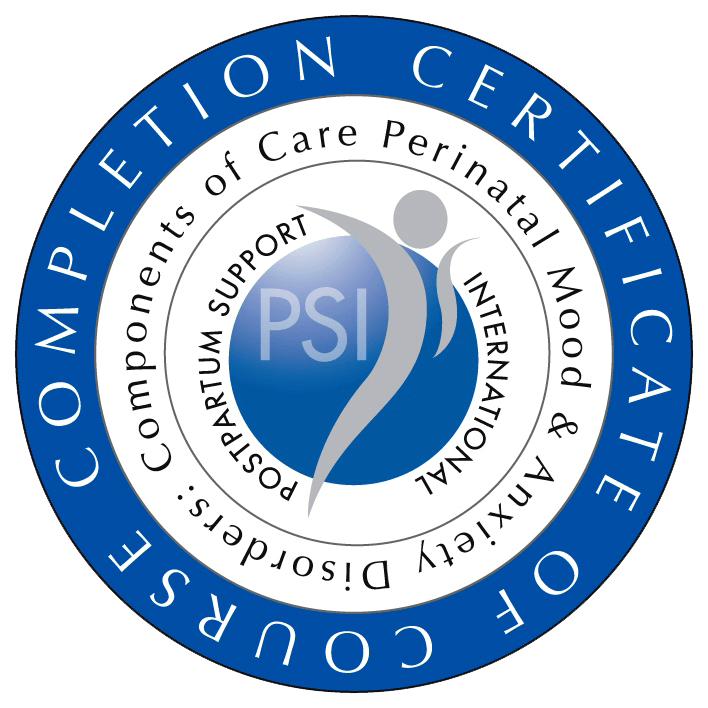Did you know that on most days, the average person has between 25,000 and 50,000 thoughts? That’s an impressive amount of thoughts.
But when happens when the majority of these thoughts are negative? Imagine the impact on your psyche and your life if you had thousands and thousands of negative thoughts each day?
This amount of negative thinking is a hallmark of depression. Negative or pessimistic thinking is depression speaking for you. It is the voice of depression. What many people don’t realize is that depression is manifested in negative thinking before it ever creates a negative thought itself.
This is why it is imperative for those suffering from depression to become acutely aware of their thought patterns. If not checked, negative thinking becomes a habit, one that has the potential to completely shape your life.
Change How You Think
One of the most powerful ways people can lift themselves out of the darkness of depression is to change their thinking patterns. This is why cognitive therapy is such a profound change agent. The approach is based on the fact that thought-processing errors contribute to a depressed mood.
By changing how you think, you automatically change how you feel. Once you become aware that changing your thinking is important, you are presented with an active choice you can take to benefit your mental health.
You will no doubt find that changing your thought patterns can feel about as easy as changing a tire in the rain with nothing more than a hardboiled egg and a paper clip. But it can be done.
Here are some tips on how you can begin to change your negative thoughts:
Keep Track of Your Thoughts
Many people are in denial about their thought patterns. They don’t want to believe they are overly negative or pessimistic. Catching yourself and recording as many negative thoughts as you can will help you to see your own mental patterns.
What will these thoughts look like? You could write things like, “I hate my feet.” “My boss is an idiot.” “I hate spring.” “I hate getting up this early.” “I don’t know what I’m doing.”
Be particularly mindful of making sweeping generalizations from one specific event so that your entire future looks doomed. For example, a generalized thought such as, “My girlfriend broke up with me so I’m doomed to spend the rest of my life alone.” This kind of extreme, black and white thinking is a sure sign of depression.
Identify Triggers
Once you get an idea for the frequency of your negative thoughts, try and pinpoint the triggers for them. Your journal will also come in handy here, because it will point out certain types of events that set off a chain of negative thoughts. Triggers can include being rejected or ignored, or having an unkind remark said about or to you.
Positive Conversion
You have so far learned that the human thinking process is habitual. But the good news is, you can create good thinking habits.
To do this you’ve got to start converting all of those negative thoughts into positive ones. It will be hard at first, and you will most likely feel as if you’re lying to yourself and pretending to be a glass-half-full Pollyanna.
But, as they say, “You’ve got to fake it until you make it.” Though thinking positively may feel foreign to you and like a waste of your time, you are retraining your brain to think (and feel) good.
Every time you have a negative thought, stop, recognize it as negative, and immediately flip the switch and create the positive opposite thought in its place. This could look like:
Negative thought: “I’ll never get this report done on time.”
Positive Switch: “I’m making great progress and being careful to always check my work.”
To get the hang of how to do this, go through your negativity journal and create a separate column in which you will write the positive opposites of your many negative thoughts.
If you feel too dark and down to complete these exercises, please consider reaching out to a trained therapist who can prescribe medication, should you require it, and help you work through your negativity.
If you or a loved one are suffering from depression and are interested in exploring depression treatment options, please contact me. I would be happy to discuss how I may be able to help.





